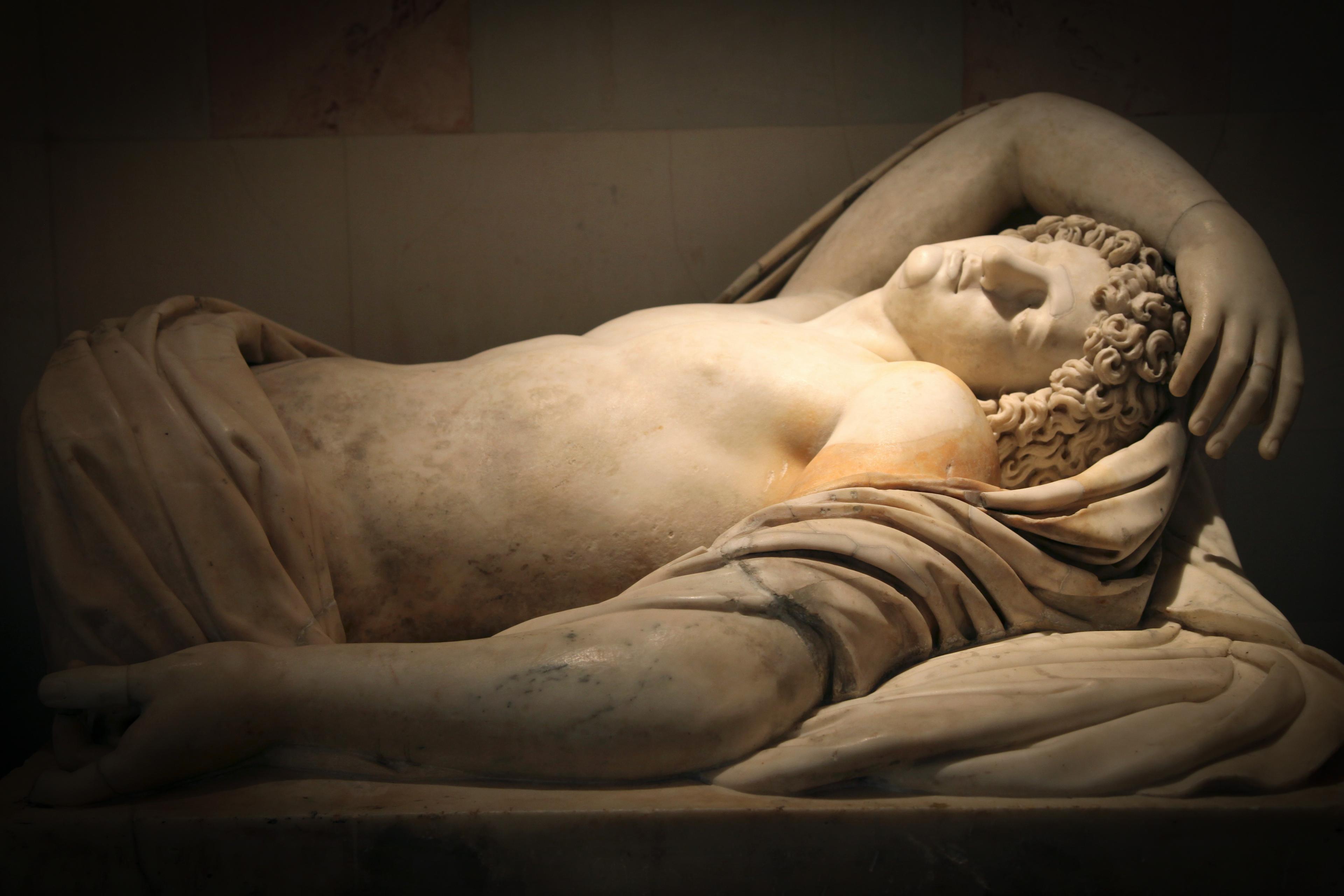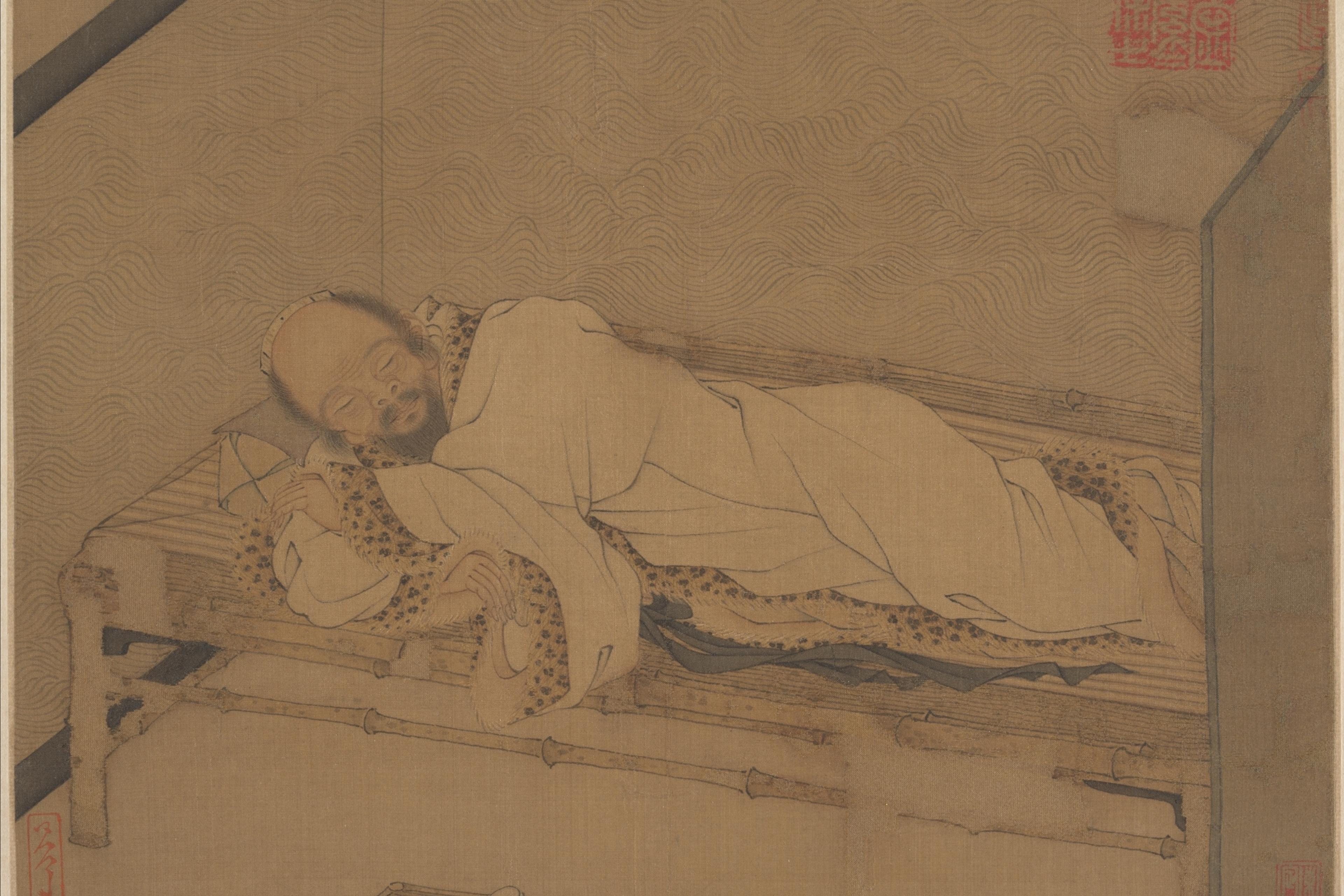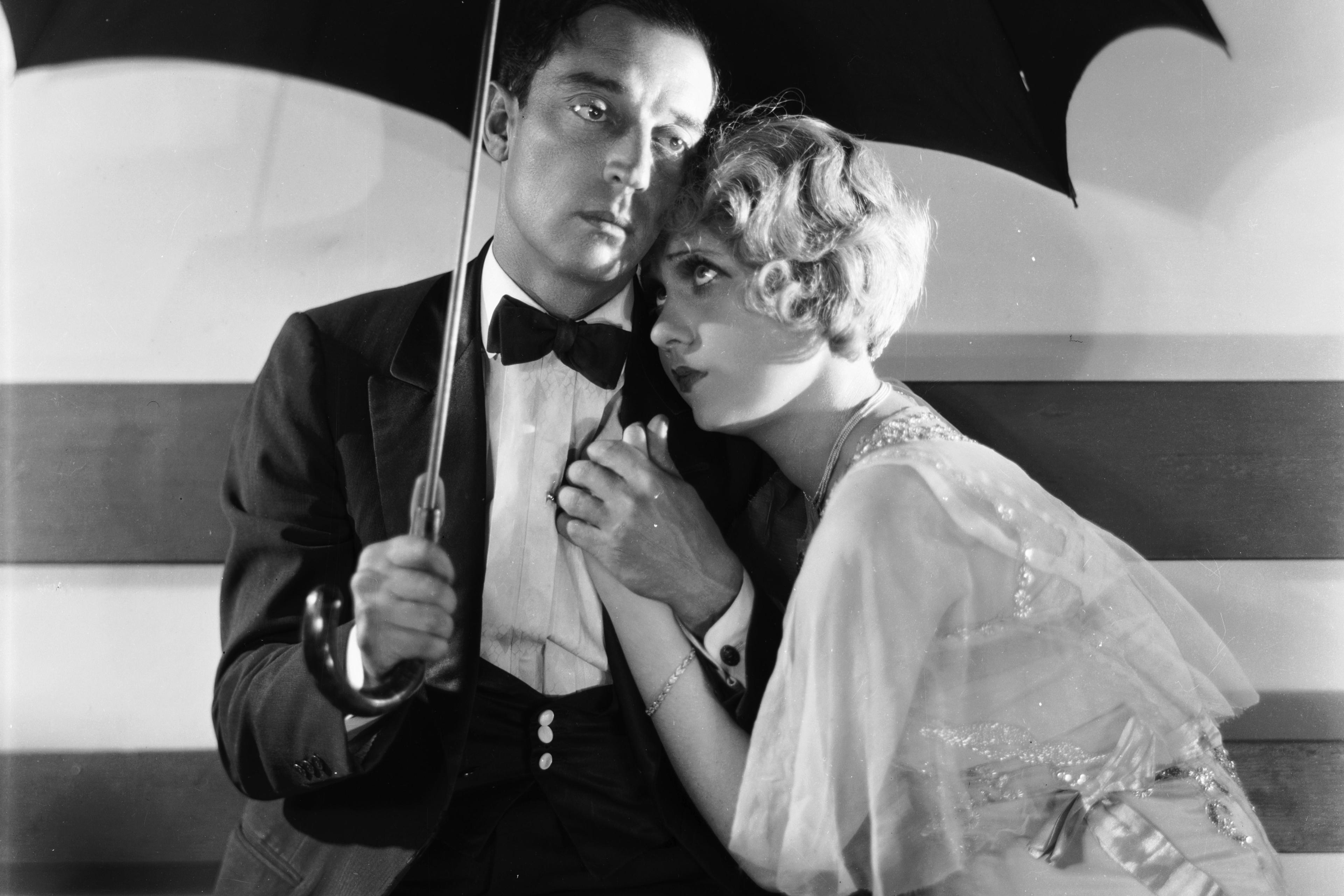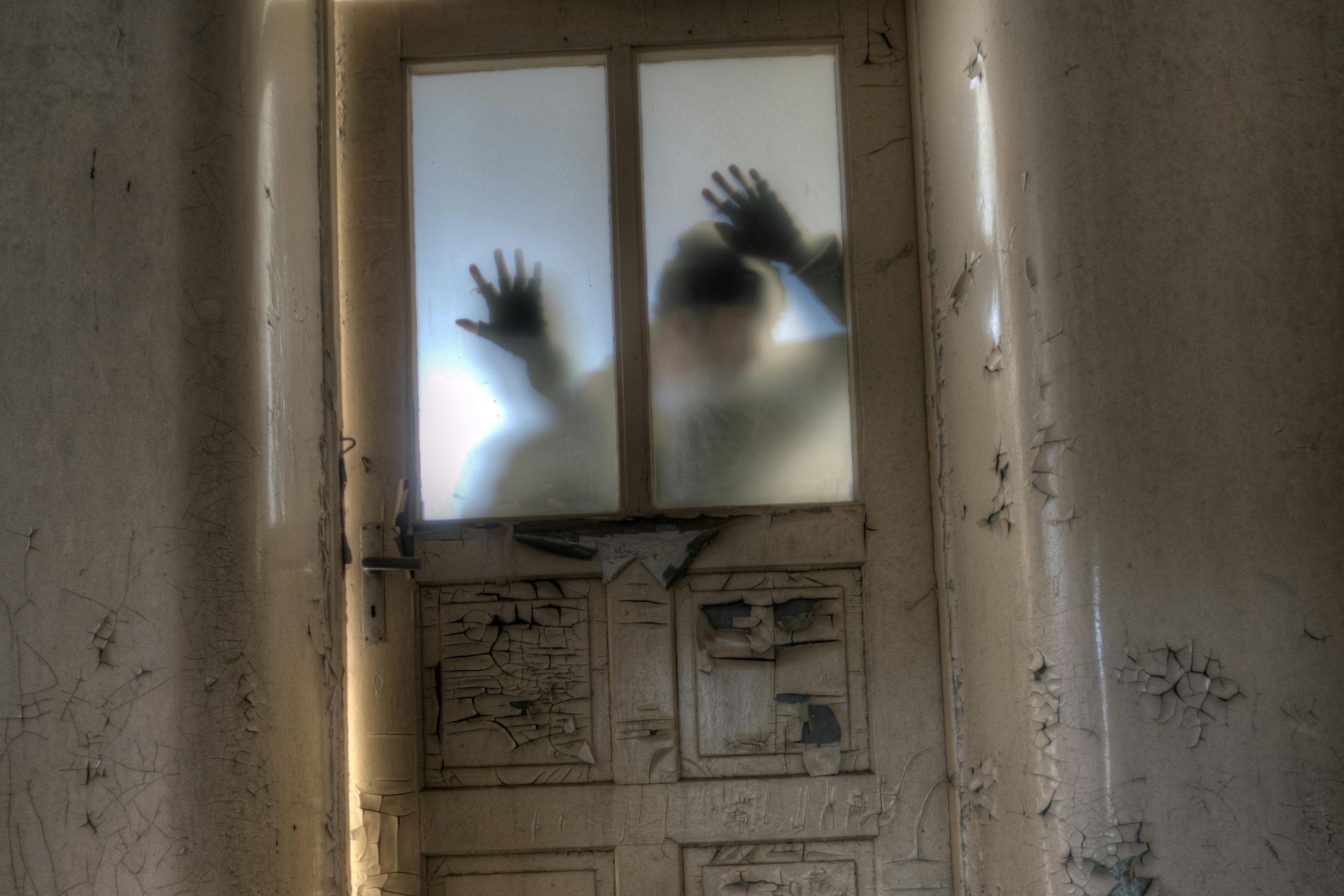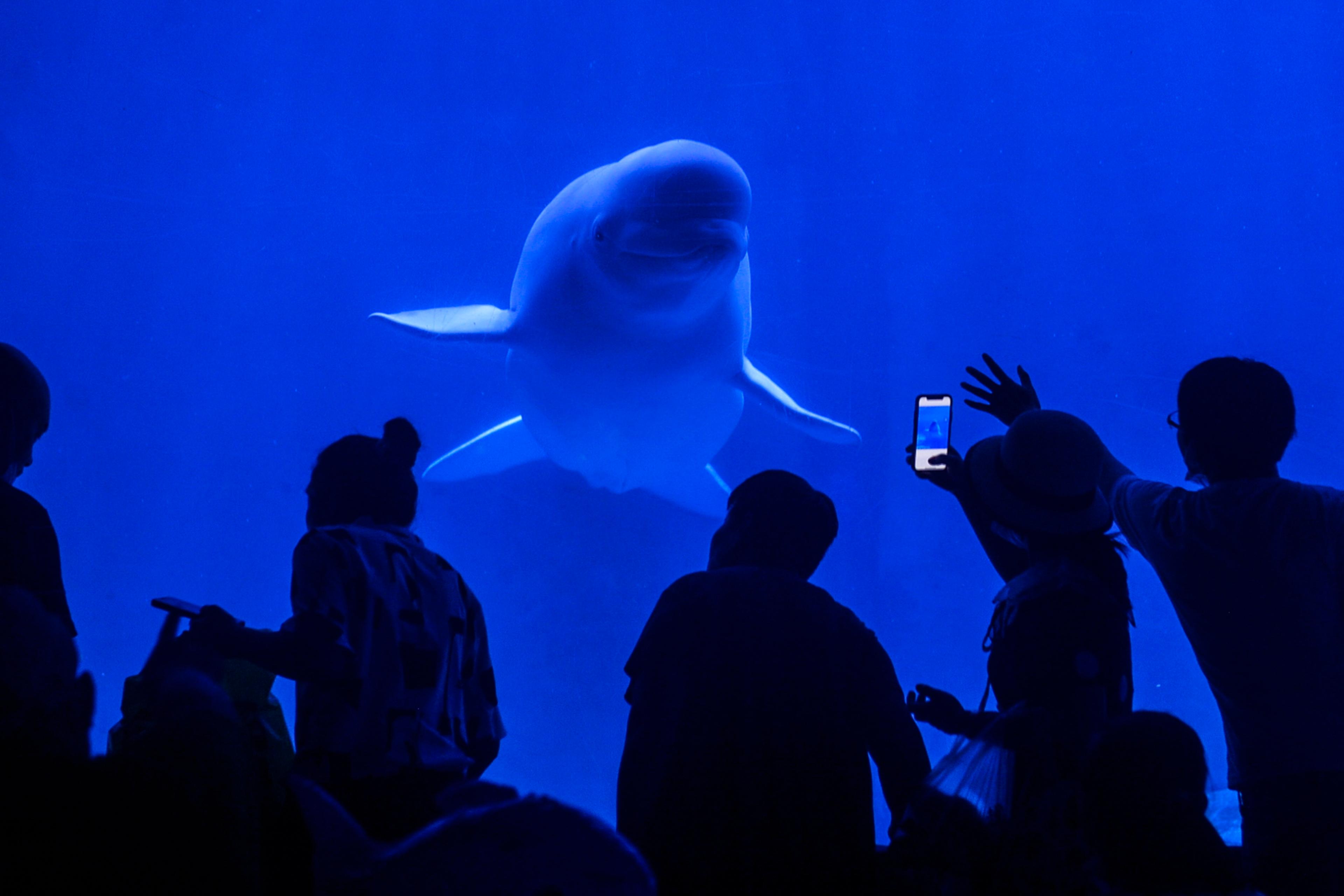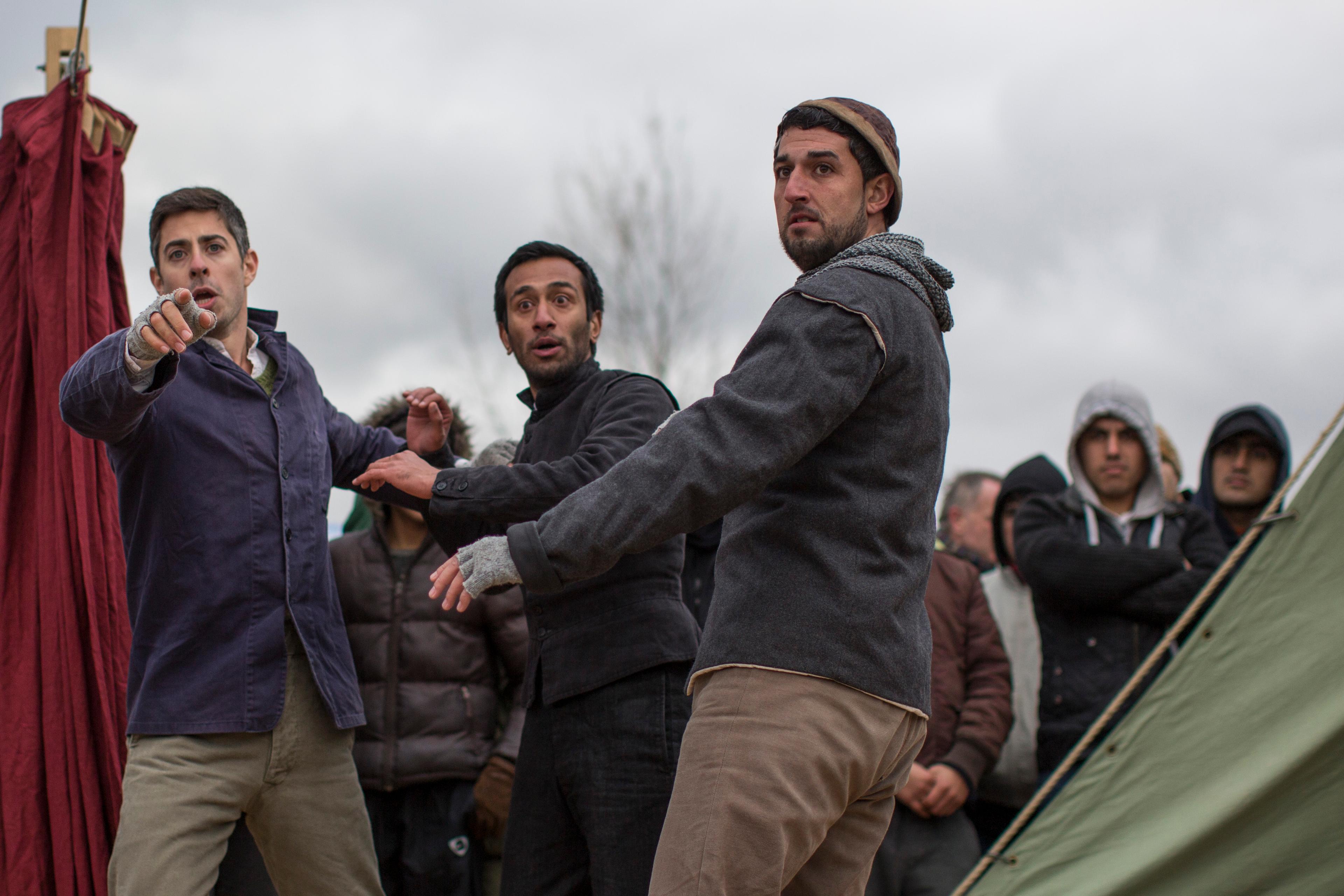There is a special kind of boredom that comes from listening to people talk about their dreams, so I’ll spare you. It’s enough to relay that I was being relentlessly chased by a rather large and ornery capybara, and that the incident was extremely trying. Then, a couple days later, I came across a passage in E R Dodds’s classic The Greeks and the Irrational (1951) that really made me laugh. Homer, or the bards he represents, clearly suffered from the same anxiety-inducing nightmare of being chased as I did – as we all do – because he describes an event in the Iliad like this: ‘as in a dream one flees and another cannot pursue him – the one cannot stir to escape, nor the other to pursue him – so Achilles could not overtake Hector in running, nor Hector escape him.’
Those moments of recognition across gulfs of time and culture are always affirming. No matter our differences, we’re all afflicted by the same dreamy frustration of trying to get away. But, as usually happens with the ancients, recognition swiftly gives way to strangeness. Dodds says that the Greeks often took their dreams to be messages from the gods, in which an authoritative personage is dispatched to inform the dreamer what’s going to happen or what needs to be done. Homer himself naturally became a common emissary, telling Socrates the date of his death and giving Alexander the Great some much-needed encouragement.
Given how demented dreams seem when reviewed in the light of day, I’m glad that they aren’t likely to be missives from the higher-ups. But it’s still a comforting thought that, regardless of how we interpret our dreams, all of us take a nightly sojourn into the phantasmagoric realms – and wake up wondering what the hell it all means.
